

When entering the Old Town in the city of Pamplona, Spain, the overwhelming presence of the Catedral Metropolitana de Santa Maria de la Real can be felt on the cobblestone streets. On your way up those streets, the Cathedral (pictured above) is framed by the many colorful apartments, shops, and restaurants the line the historical district’s many streets. At the top of the hill that the Cathedral sits on, the baroque structure of the church and its adjoining museum are protected by an iron gate that allows tourists to fill the site between the hours of 10am-2pm and 4pm-7pm each day.

Once inside the Cathedral itself, visitors are met with the golden artwork and paintings that fill the Cathedral. Of these structures, the most notable is the tomb of King Charles III “the Noble” of Navarre (d.1425) and Queen Eleanor of Castile (d. circa 1415) from the late fifteenth century. The tomb itself showcases both King Charles and Queen Eleanor lying in state surrounded by two dogs at Eleanor’s feet and two lions at Charles’s feet. Visitors to the Cathedral can visit their tombs easily as the structure sits just before the altar. Surrounding the tombs themselves are stained glass windows and painted emblems that display the saints and other religious figures that were cherished by King Charles and his successors, Blanca I of Navarre and John II of Navarre. Beyond the royal tomb, visitors can walk around the main church to view a variety of baroque chapels that are dedicated to the Virgin Mary, Jesus Christ, and a collection of saints.
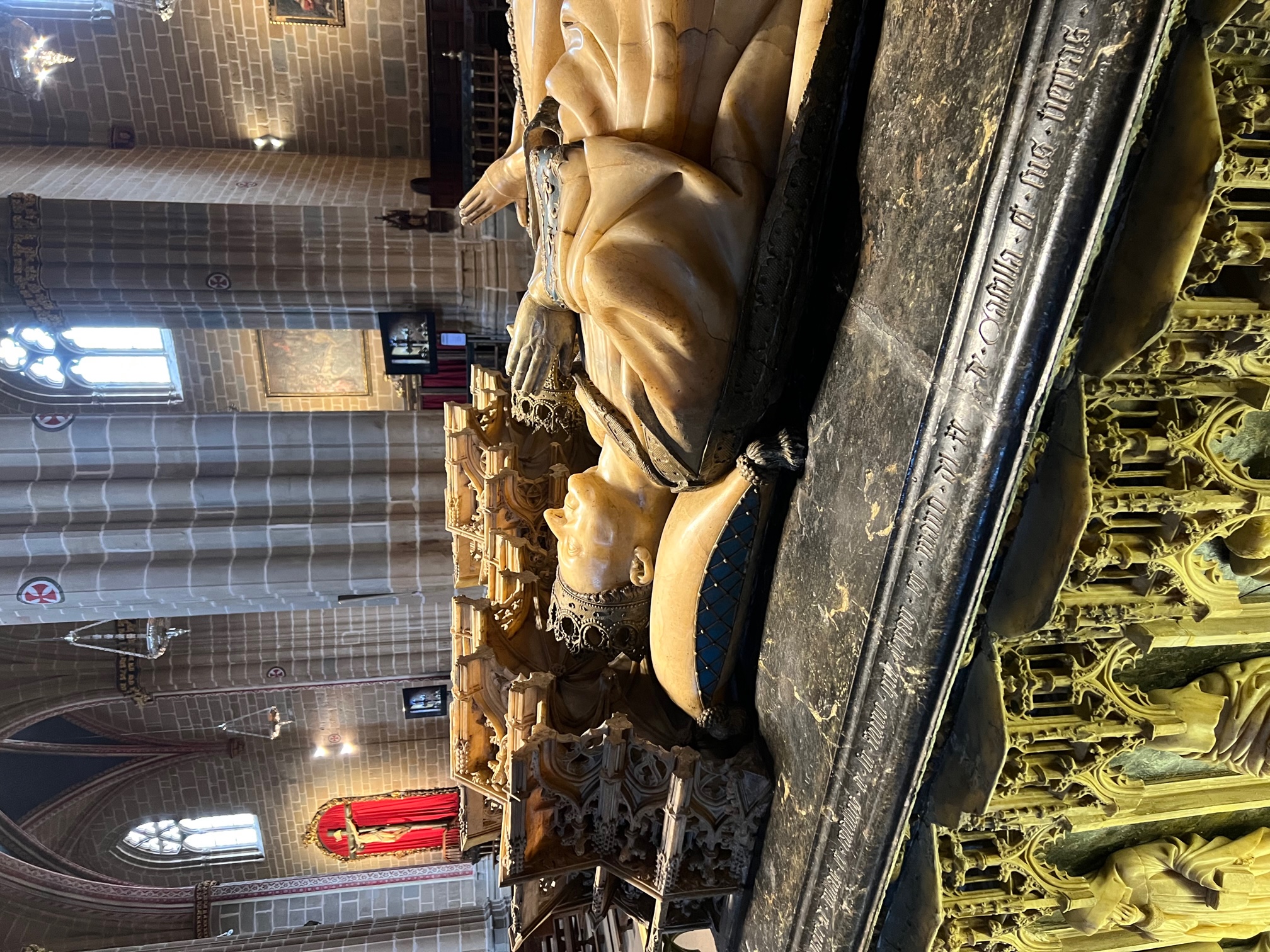
To gain access to the cloister – arguably the most beautiful area of the Cathedral – visitors can enter a doorway along the right side of the cathedral. Once inside the cloister, visitors have access to the indoor garden space, a separate chapel, and the museum itself. The cloister is filled with picturesque views of the interior garden, the architecture of the cathedral, and – on sunny days – beautiful views of the city of Pamplona. The best part of the cloister itself is the Barbazana Chapel from the fourteenth century due to its stunning stained-glass windows and the beauty of its ceilings, tomb, and altar.
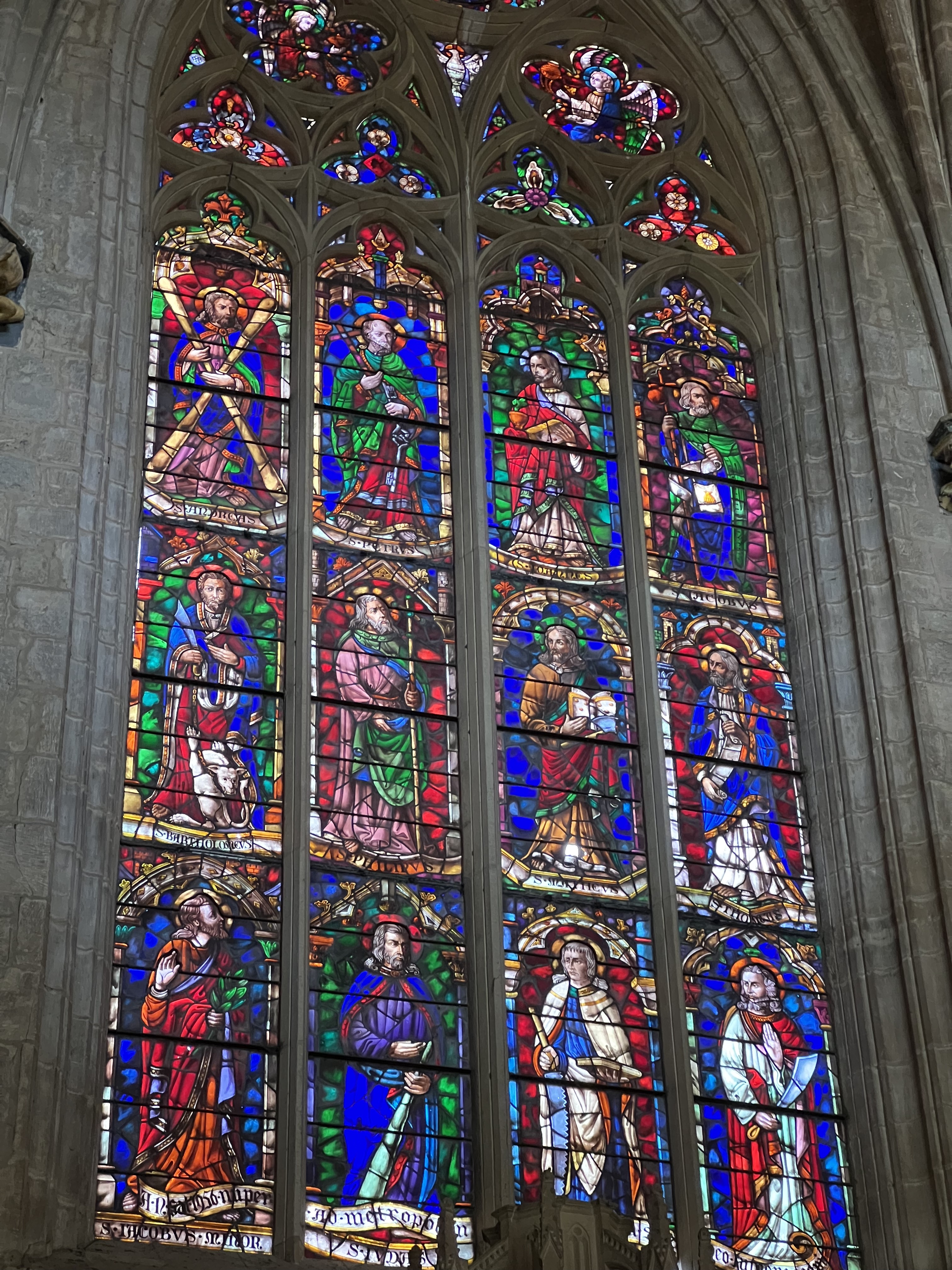
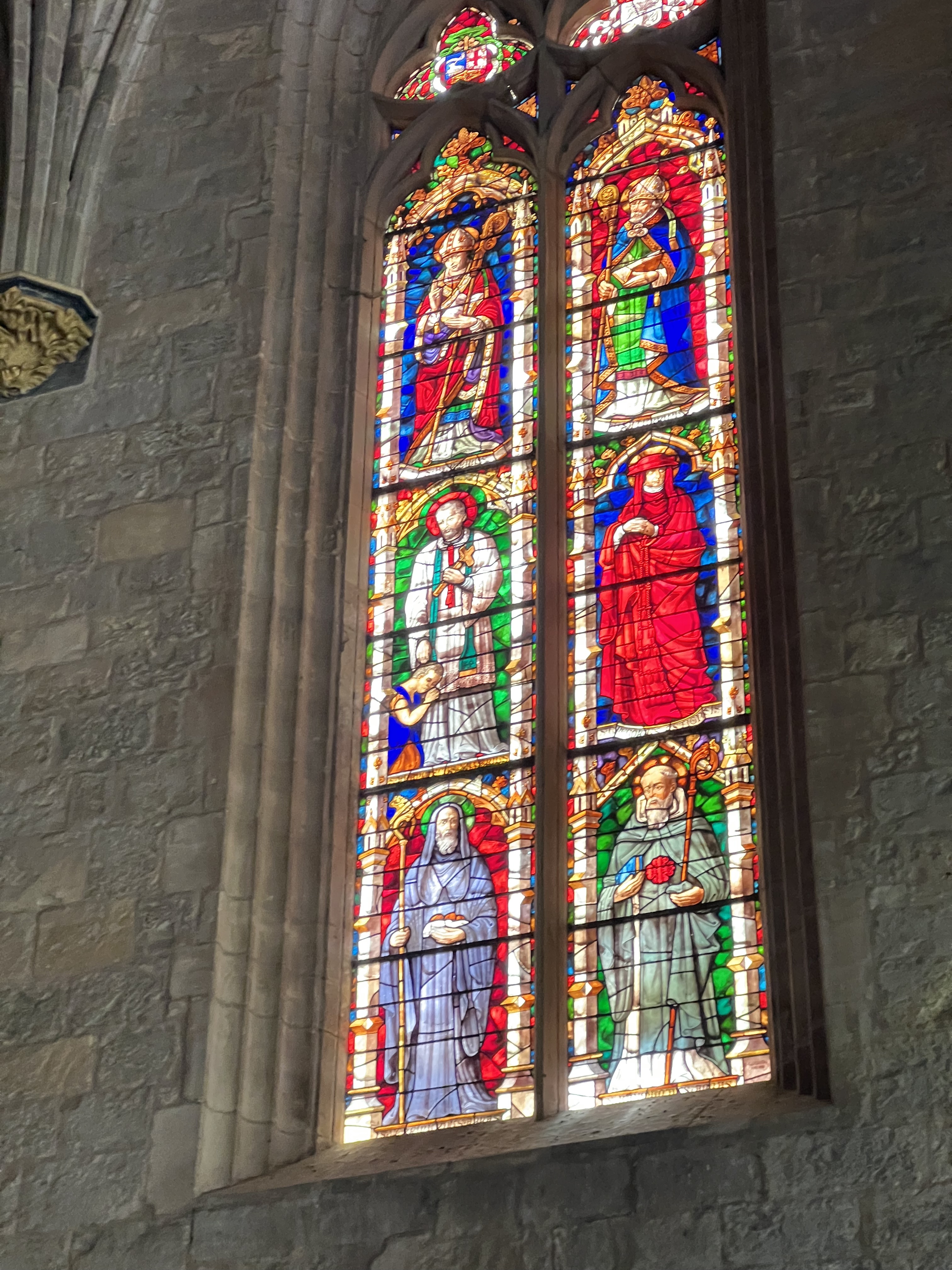
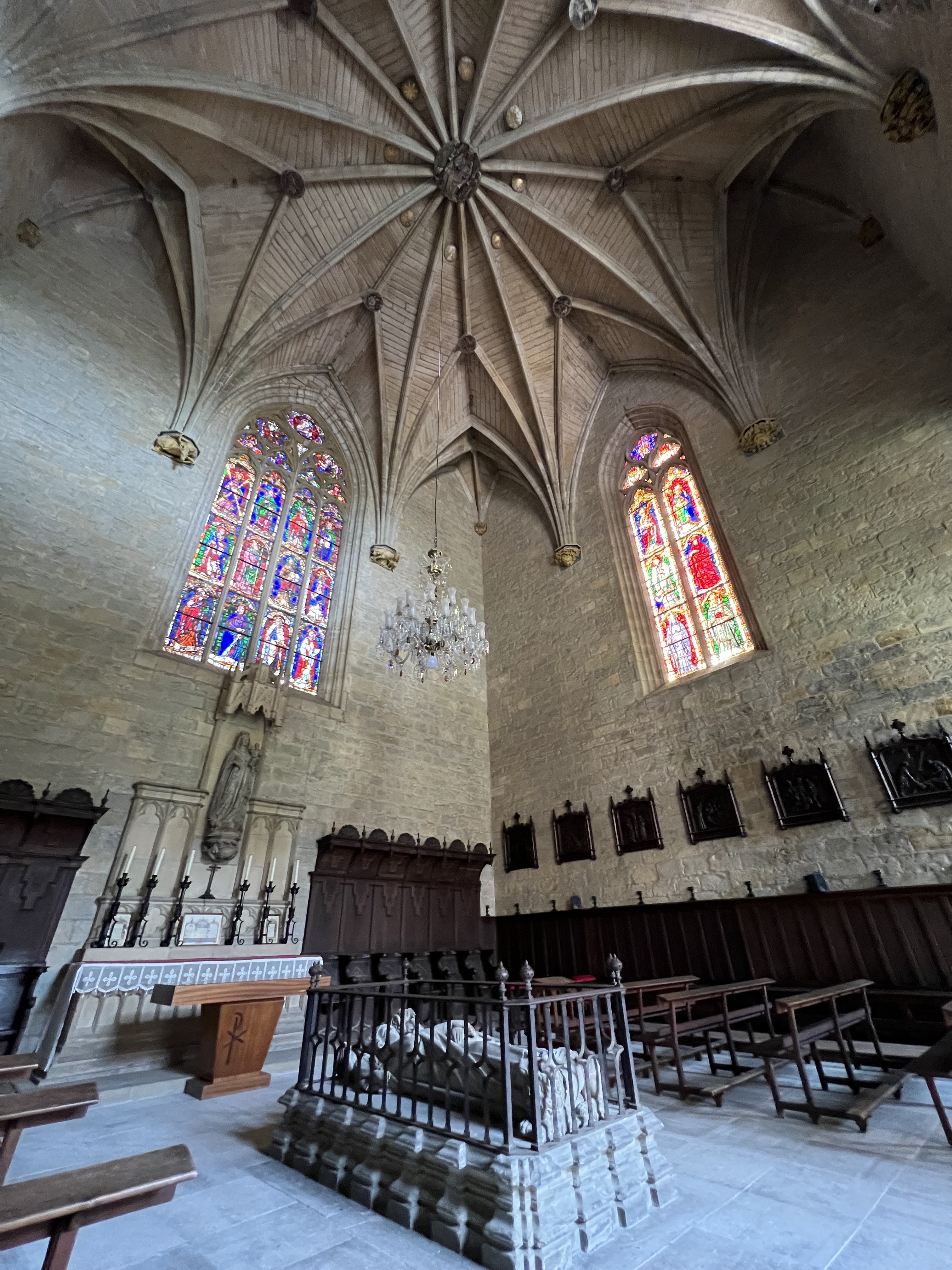
Visitors to the chapel will find that its quiet setting and beautiful scenery allow for a serene area of the Cathedral to enjoy before heading over to the museum within the cloister. To enter the museum, visitors can enter the door leading to the Roman and early medieval archaeological area that aligns the entrance to the museum. The site contains ruins of the original late antique cathedral that was in Pamplona until the eighth century.
Once you are past the Roman site, you can then walk farther into the museum where a small chapel and the first of the museum’s artifacts sit. The museum contains a wide variety of late antique, early medieval, and later medieval relics, statues, manuscripts, and paintings.
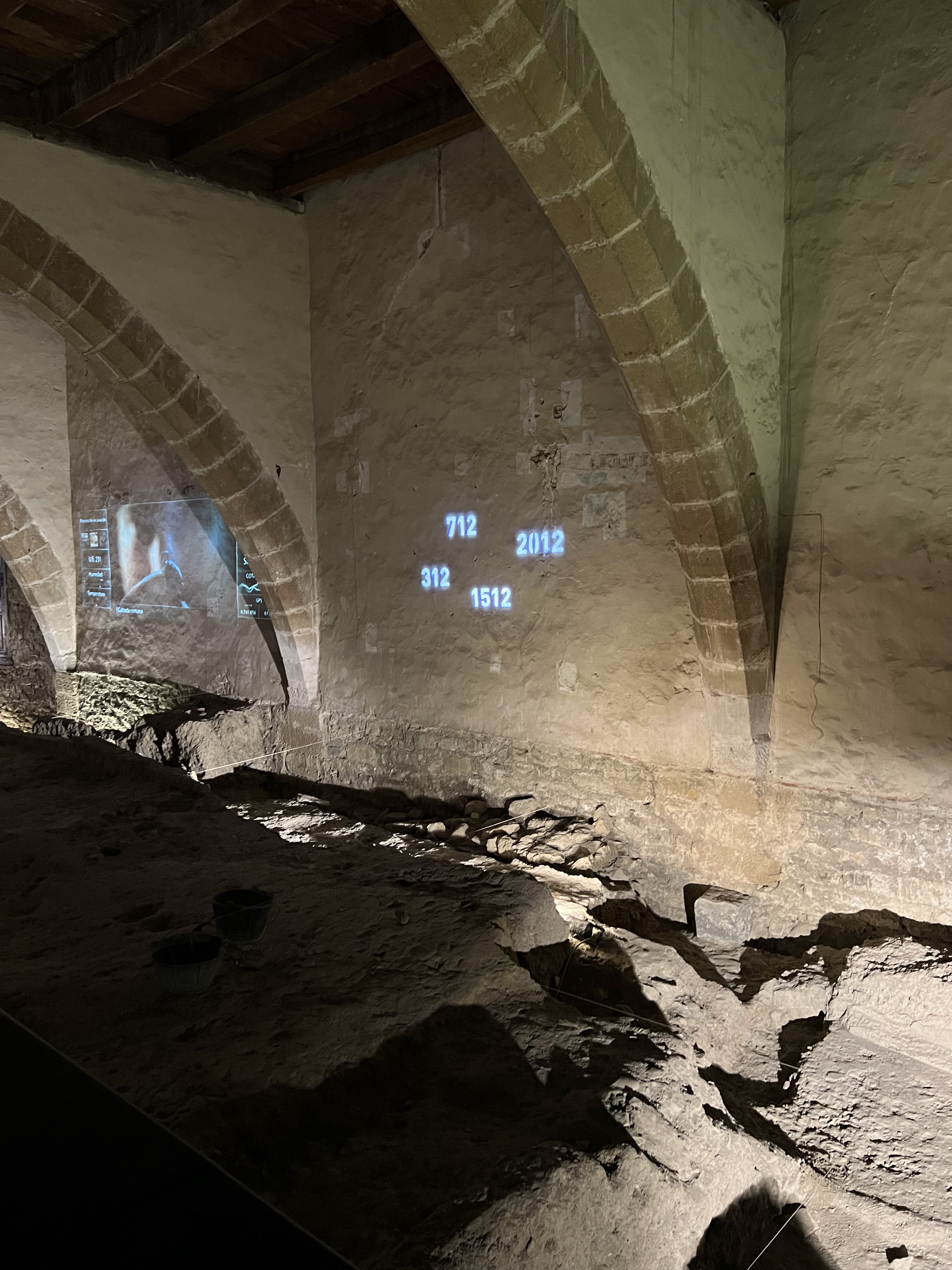
At the end of the museum’s collections inside the early modern collections, visitors can find a wall of statues of the Virgin Mary from both the medieval and early modern periods that adorn the wall near the exit. Each of these statues contain a short blurb in Spanish and Basque about the statue’s history in Pamplona or one of the surrounding towns in the province of Navarre.
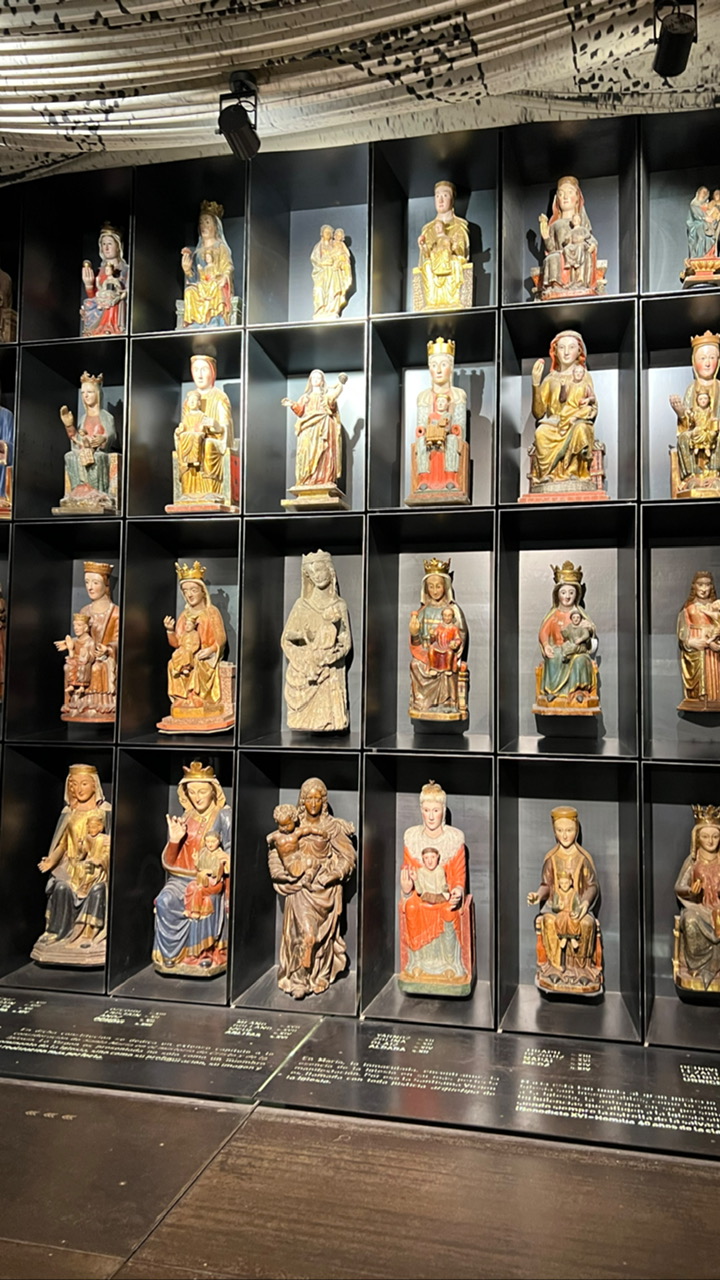
Once at the museum’s exit, visitors can choose to reenter the cloister or enter the bell tower of the Cathedral that can be accessed via the outside exit of the cloister. To access the bell tower, visitors need to enter the courtyard and follow the signs for the tower. Once inside, visitors can choose to ascend to the top of the tower via its staircase or view the collections at the bottom floor. This area of the Cathedral is not accessible and does not contain an elevator. I would also encourage visitors that are afraid of heights to reconsider entering the bell tower due to the ascending and descending staircase. The bell tower’s stop allows visitors to learn more about the structure itself and see small religious artwork that aligns each floor. The most notable of these is a statue from the eighteenth century of Saint Barbara – the patron saint of bell towers, prisoners, and lightning storms. Saint Barbara can be found three separate places within the Cathedral itself between the bell tower, the stained glass inside the main Cathedral, and along one of the small baroque chapels at the back of the Cathedral. The exit at the bottom of the bell tower takes visitors back to the front entrance of the Cathedral where they can choose to either renter the Cathedral or exit the grounds.
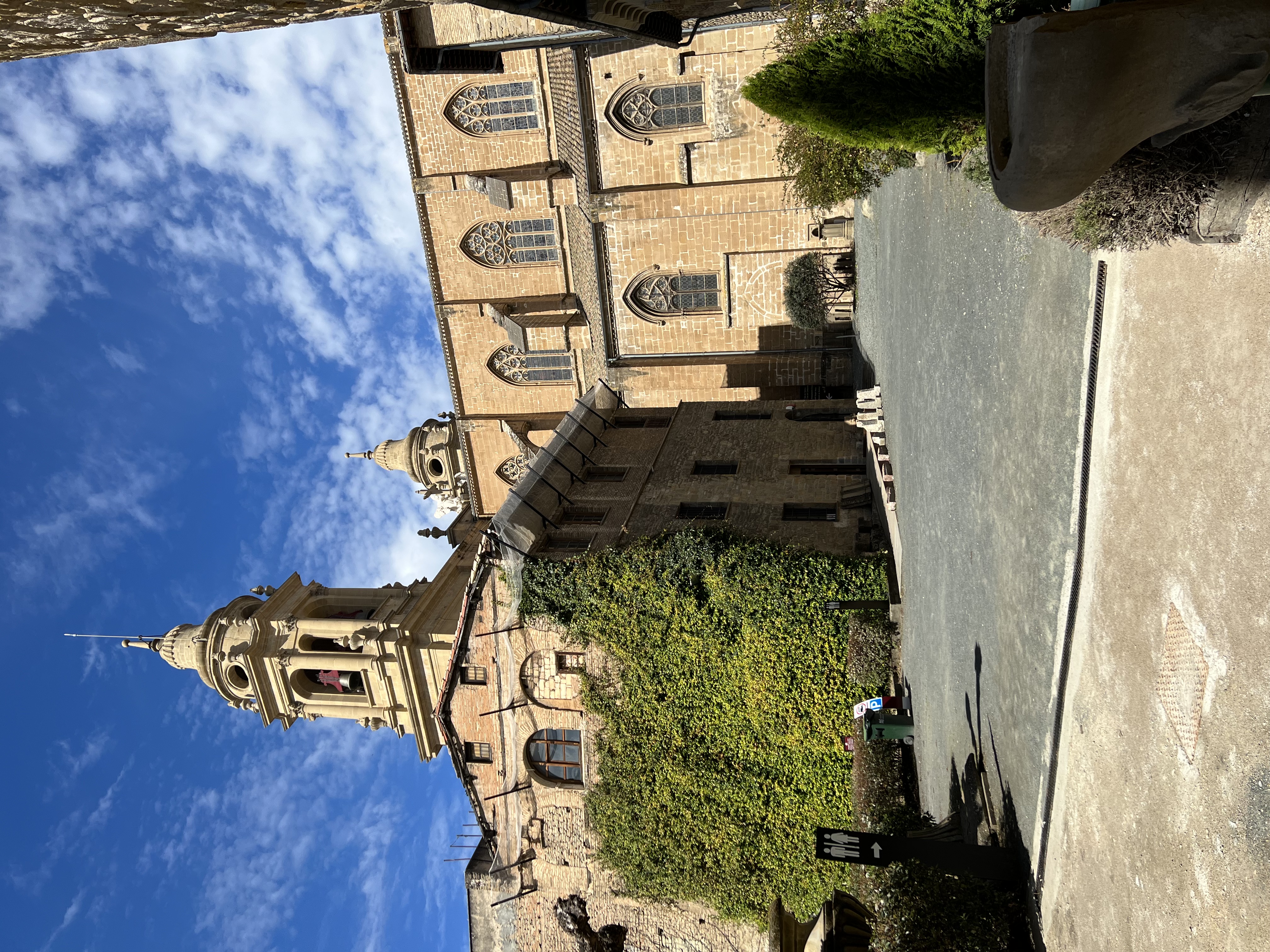
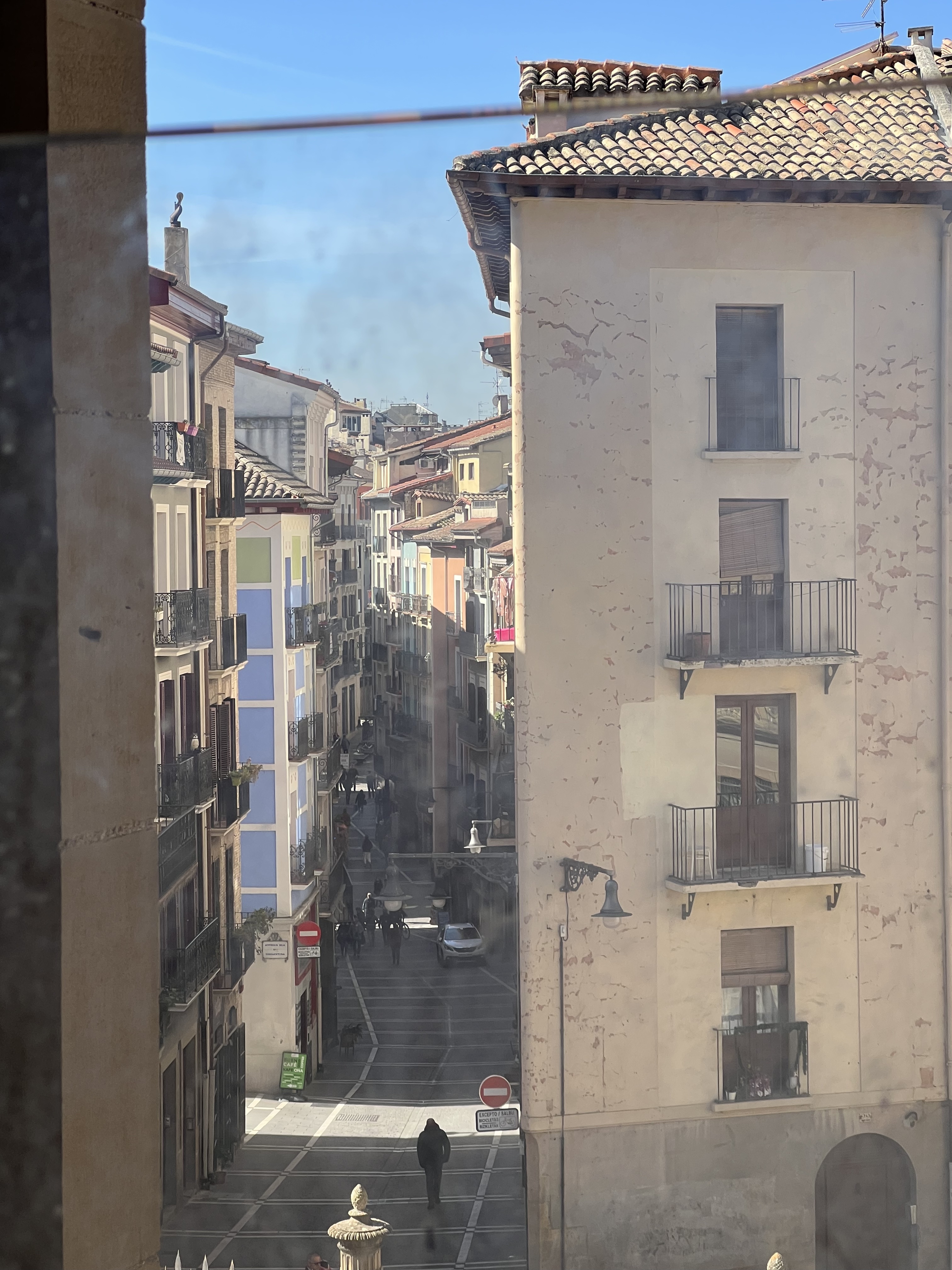
Overall, Pamplona Cathedral and its museum are worth a visit to anyone traveling to Pamplona or the province of Navarre. During my two week stay in Pamplona working at the nearby Royal and General Archive of Navarre, I paid almost daily visits to the Cathedral. Each time that I entered the site, I found something new that I had not noticed during the trip before since the artwork that fills the Cathedral is overwhelming. From the baroque chapels that align its main church to the cloister, Pamplona Cathedral is truly a breathtaking and beautiful site to visit. Of all the Cathedrals and smaller churches that I visited on my Spring 2023 Dissertation Year Fellowship trip to Spain and Sicily, the Cathedral of Pamplona was by far my favorite and one that I still wish I was in Pamplona to pay daily visits to!
Before you head away from the Cathedral completely, pay a visit to the Pastas Caseras Beatriz bakery a block away from the entrance to the Cathedral. There you can find a large variety of pastries and chocolates to cap off your trip to the museum and the city of Pamplona itself!
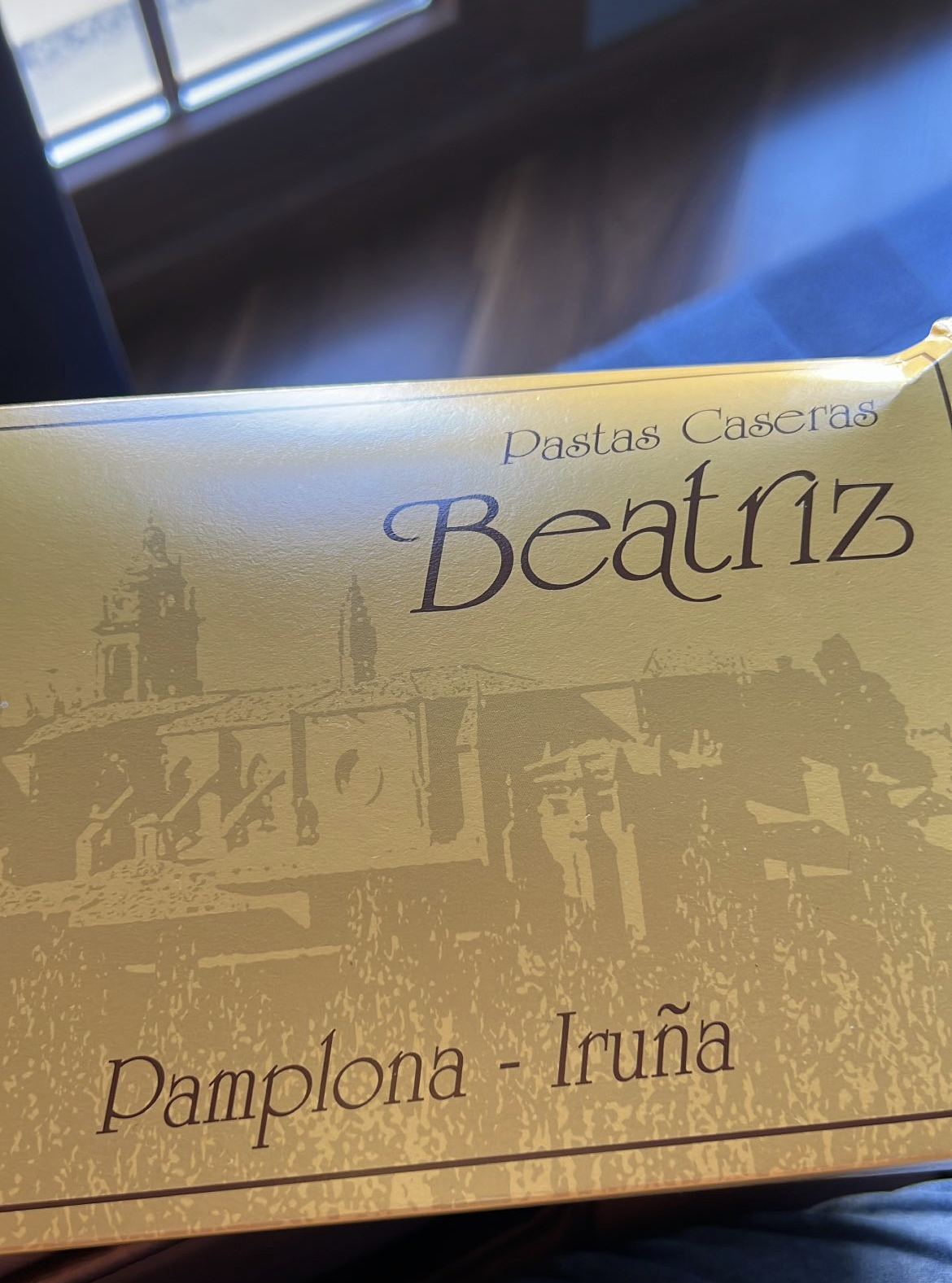
* * *

Jessica Minieri is a PhD Candidate in the Department of History at Binghamton University in upstate New York. Her dissertation project, “Stolen Bodies and Hollow Crowns: Imprisonment and Abduction in the Lands of the Crown of Aragon, 1200-1415,” focuses on the confinement and forced marriage of royal women in Aragonese Mallorca and Sicily during Aragon’s advancement into the Mediterranean. Jessica’s research interests include the history of the premodern Mediterranean, medieval Spain, the history of imprisonment, and the histories of sexuality and gender.